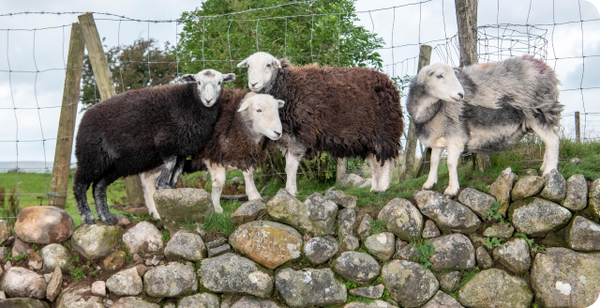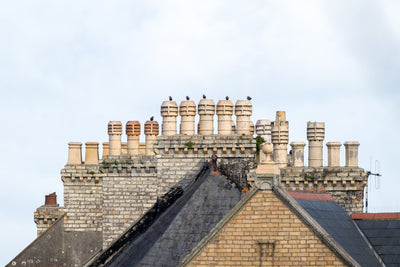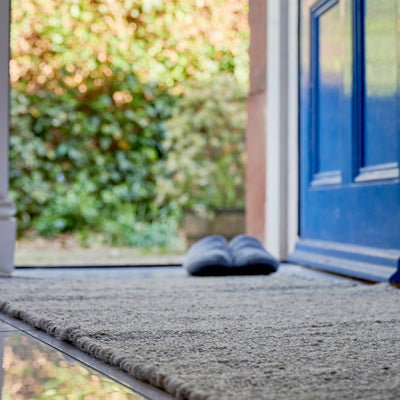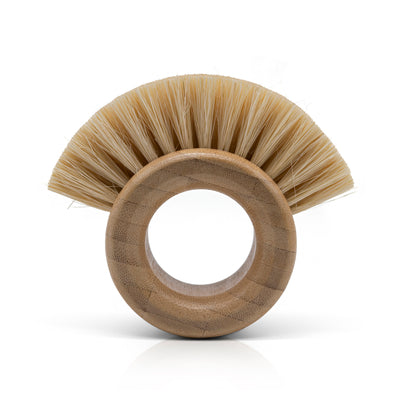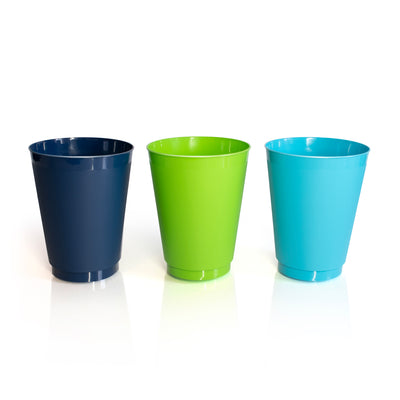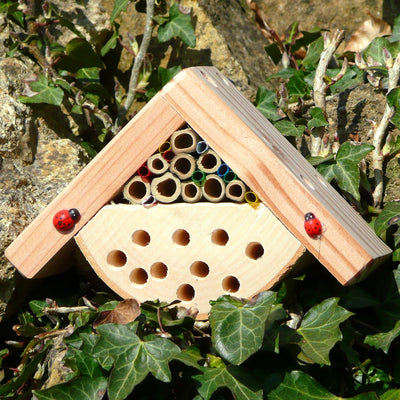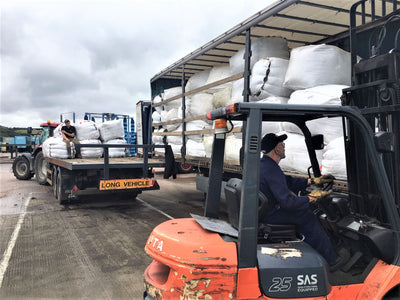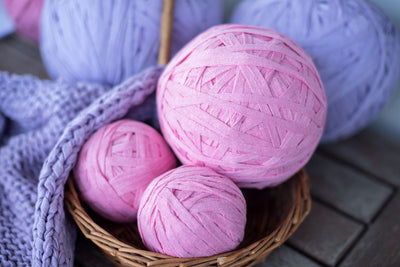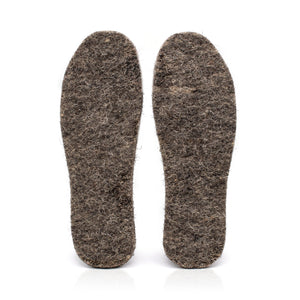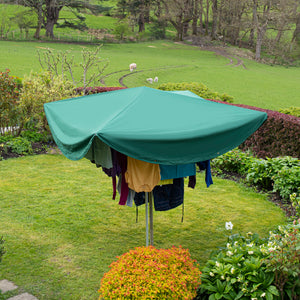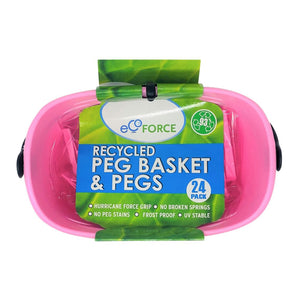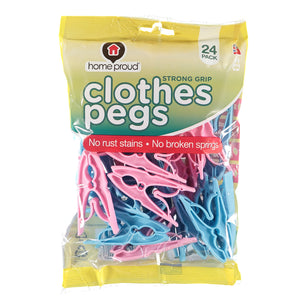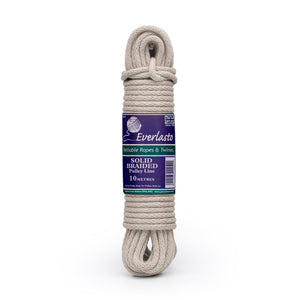Fabric conditioner makes your clothes softer, and if you’re a non-ironer like me, it tends to make clothes less wrinkly, especially if you hang them on the line to flap in the breeze (use a Laundry Mac™ if it looks like rain!). Although they may make your clothes apparently smell nice, most standard fabric conditioners contain a lot of chemicals that can be harmful to your health, pollute the air indoors and outdoors, and are detrimental to the environment.
What chemicals are there in standard fabric conditioners?
“Quats" : quaternary ammonium compounds make clothes feel soft and wearable right out of the wash, but they're known to trigger asthma and may be toxic to our reproductive systems.
Check products for these ingredients: distearyldimonium chloride, diethyl ester dimethyl ammonium chloride, variants of hydroxyethyl methyl ammonium methyl sulfate or the vague terms “biodegradable fabric softening agents" and “cationic surfactant." They all do harm to varying degrees.
Fragrance
There are more than 3,000 fragrance ingredients in common household products—and scarcely any way to know what they are.
Conventional fabric softeners contain synthetic musks such as galaxolide, which accumulate in the body; and much more. Fragrance mixes can cause allergies, skin irritations such as dermatitis, difficulty breathing and potential reproductive harm. Research indicates that scents also cause irritation when vented outdoors, especially for asthmatics and those sensitive to chemicals.
BioD concentrated fabric conditioner contains lavender essential oil. It smells clean, fresh, and natural.
Phalates
Standard fabric softeners may contain phthalates, which disperse the scent. As with the ingredients in standard laundry detergents, phalates are known to be an endocrine disruptor and have also been linked to an increased risk of breast cancer and reproductive birth defects.
BioD concentrated fabric conditioner is made from biodegradable ingredients, and is safe for the environment. It does not contain any of the harmful chemicals listed above.
If you have a problem with clothes moths and don't want to overwhelm your woollens with the scent of moth-repelling neem you can add a few more drops of lavender essential oil to infuse your garments with gentle but persuasive lavender scents to persuade Mrs Moth to lay her eggs elsewhere.
Fabric conditioner makes your clothes softer, and if you’re a non-ironer like me, it tends to make clothes less wrinkly, especially if you hang them on the line to flap in the breeze (use a Laundry Mac™ if it looks like rain!). Although they may make your clothes apparently smell nice, most standard fabric conditioners contain a lot of chemicals that can be harmful to your health, pollute the air indoors and outdoors, and are detrimental to the environment.
What chemicals are there in standard fabric conditioners?
“Quats" : quaternary ammonium compounds make clothes feel soft and wearable right out of the wash, but they're known to trigger asthma and may be toxic to our reproductive systems.
Check products for these ingredients: distearyldimonium chloride, diethyl ester dimethyl ammonium chloride, variants of hydroxyethyl methyl ammonium methyl sulfate or the vague terms “biodegradable fabric softening agents" and “cationic surfactant." They all do harm to varying degrees.
Fragrance
There are more than 3,000 fragrance ingredients in common household products—and scarcely any way to know what they are.
Conventional fabric softeners contain synthetic musks such as galaxolide, which accumulate in the body; and much more. Fragrance mixes can cause allergies, skin irritations such as dermatitis, difficulty breathing and potential reproductive harm. Research indicates that scents also cause irritation when vented outdoors, especially for asthmatics and those sensitive to chemicals.
BioD concentrated fabric conditioner contains lavender essential oil. It smells clean, fresh, and natural.
Phalates
Standard fabric softeners may contain phthalates, which disperse the scent. As with the ingredients in standard laundry detergents, phalates are known to be an endocrine disruptor and have also been linked to an increased risk of breast cancer and reproductive birth defects.
BioD concentrated fabric conditioner is made from biodegradable ingredients, and is safe for the environment. It does not contain any of the harmful chemicals listed above.
If you have a problem with clothes moths and don't want to overwhelm your woollens with the scent of moth-repelling neem you can add a few more drops of lavender essential oil to infuse your garments with gentle but persuasive lavender scents to persuade Mrs Moth to lay her eggs elsewhere.



